


Imagine stepping into a city where every corner hums with stories that have shaped the world. That’s Rome for you—a place where ancient ruins stand shoulder to shoulder with bustling piazzas,and the air carries a mix of fresh espresso,baked bread,and the faintest hint of blooming jasmine. Walking through its sun-dappled streets,you’ll hear the lively chatter of locals debating over football,the clinking of glasses in cozy trattorias,and the distant melody of a street musician’s violin weaving through the afternoon breeze. Rome’s character is a beautiful blend of timeless history and vibrant everyday life. You can lose yourself wandering through the Colosseum’s shadows,imagining gladiators’ roars,then find yourself sipping a velvety cappuccino in a tiny café where the barista greets you like an old friend. The city’s soul is in its people—warm,passionate,and effortlessly proud of their heritage. It’s in the way the light hits the golden domes at sunset,or how the fountains splash cool water on a hot summer day,inviting you to pause and soak it all in. And the food—oh,the food! Fresh pasta tossed with rich,tangy tomato sauce,the crunch of a perfectly baked pizza,and gelato that melts on your tongue like a sweet secret. Rome isn’t just a place to see; it’s a place to feel,taste,and live. Trust me,once you’ve wandered its cobblestone streets and tasted its flavors,you’ll carry a piece of Rome with you long after you leave.
The information on this page is currently being reviewed by Tripkliq and should be used as a guide only
Eng word: Hello
Eng pronunciation: chow
Local language: Ciao
Eng word: Goodbye
Eng pronunciation: ah-ree-veh-DEHR-chee
Local language: Arrivederci
Eng word: Thank you
Eng pronunciation: GRAH-tsee-eh
Local language: Grazie
Eng word: How much
Eng pronunciation: KWAN-toh KOH-stah
Local language: Quanto costa
Eng word: Toilet
Eng pronunciation: BAHN-yo
Local language: Bagno
Eng word: Help me
Eng pronunciation: ah-YOO-tah-mee
Local language: Aiutami
Eng word: Yes
Eng pronunciation: see
Local language: Sì
Eng word: No
Eng pronunciation: noh
Local language: No
Eng word: Excuse me
Eng pronunciation: SKOO-zee
Local language: Scusi
Rome is said to have been founded in 753 BC by Romulus, one of the two legendary twins Romulus and Remus. The city is steeped in myth and history, making it a fascinating destination for tourists.
Established around 509 BC, the Roman Republic marked the beginning of Rome's transformation into a powerful world entity. Its complex system of governance influenced many modern political systems.
The city of Rome was the capital of the Roman Empire, which was one of the most powerful economic, cultural, political and military forces in the world of its time, spanning from the 1st century BC to the 5th century AD.
The Colosseum, also known as the Flavian Amphitheatre, is a marvel of ancient architecture. Commissioned in AD 72 by Emperor Vespasian, it was an arena for gladiatorial contests and public spectacles.
The Pantheon, completed under Emperor Hadrian in around 126 AD, is one of Rome's best-preserved ancient buildings. Originally a Roman temple, it has been in continuous use throughout its history.
Once the center of public life in Rome, the Roman Forum contains the ruins of several important ancient government buildings. It was the site of triumphal processions, elections, public speeches, and criminal trials.
Enclaved within Rome, Vatican City is an independent city-state and the spiritual and administrative center of the Roman Catholic Church. It is home to the Pope and a treasure trove of art and architecture, including St. Peter's Basilica.
Rome underwent a prosperous renaissance period, becoming a center of art, culture, and humanism. The city attracted artists and scholars from all over Europe, who created masterpieces that still awe visitors today.
Located in the Vatican, the Sistine Chapel is renowned for its Renaissance art, especially the ceiling painted by Michelangelo between 1508 and 1512, one of the most celebrated artworks in Western art.
In Rome, the most common Power Adaptor is Type C, Type F, Type L.






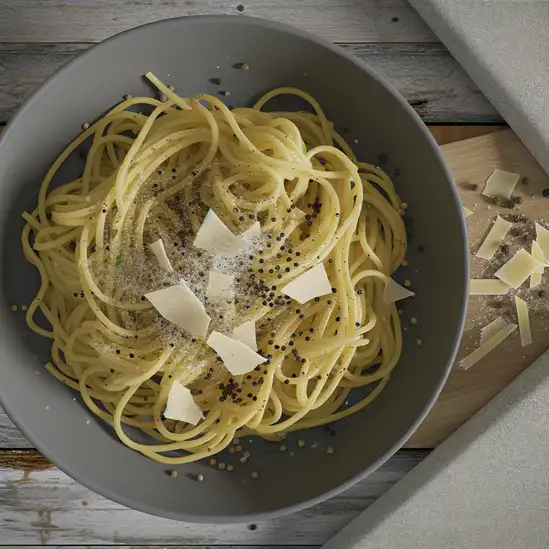
A simple yet delicious pasta dish made with just three ingredients:spaghetti, Pecorino Romano cheese, and black pepper.

A classic Roman pasta dish made with eggs, cheese (Pecorino Romano), pancetta, and black pepper, creating a creamy sauce without the use of cream.

A flavorful pasta dish originating from the town of Amatrice, made with guanciale (cured pork cheek), tomato sauce, and Pecorino Romano cheese.
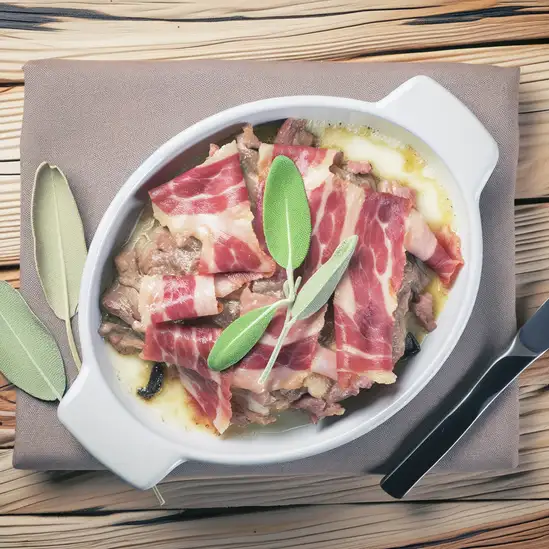
A traditional Roman dish consisting of veal slices topped with prosciutto and sage, cooked in white wine.
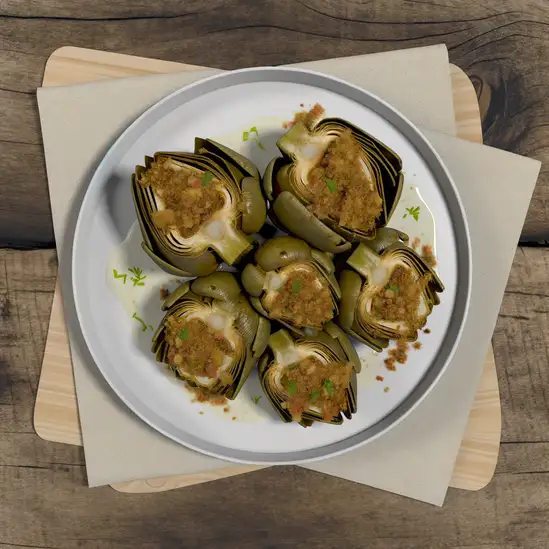
Roman-style artichokes, typically stuffed with a mixture of herbs, garlic, and breadcrumbs, then braised in olive oil and white wine.
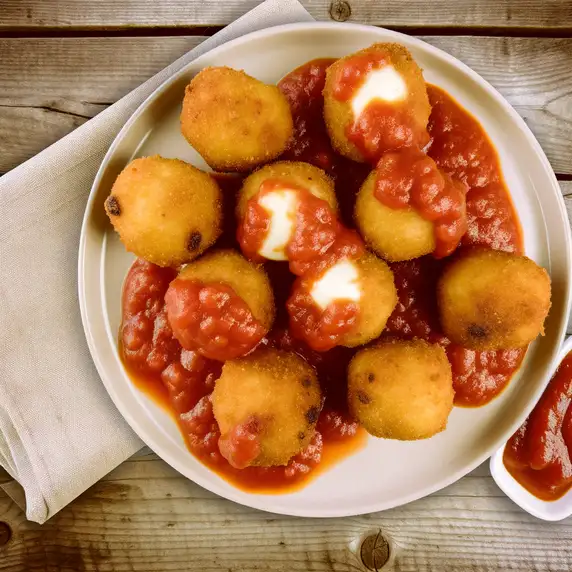
Fried rice balls filled with tomato sauce and mozzarella cheese, often served as a popular street food snack.
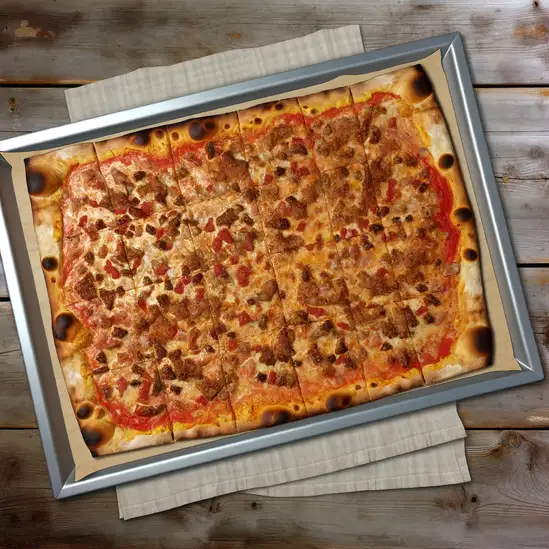
Roman-style pizza baked in large rectangular trays and sold by the slice, known for its thick, airy crust and variety of toppings.

A famous Italian dessert made with layers of coffee-soaked ladyfingers and a rich mixture of mascarpone cheese, eggs, and cocoa powder.
Imagine stepping into a city where every corner feels like a scene from a timeless painting—Venice is exactly that kind of place. The moment you arrive,the gentle lapping of water against ancient stone buildings wraps around you like a soft melody. Instead of streets,there are winding canals,and instead of cars,gondolas glide silently beneath ornate bridges,their oars dipping rhythmically into the emerald water. The air carries a mix of salty sea breeze and the faint aroma of fresh espresso and baked pastries from nearby cafés,inviting you to slow down and savor the moment.
Venice has this magical,almost dreamlike quality. The light here is different—soft and golden in the mornings,casting long shadows on the labyrinth of narrow alleys and colorful facades. You’ll find yourself wandering without a map,getting delightfully lost among the bustling markets,where vendors call out in melodic Italian,selling everything from fresh seafood to vibrant Murano glass. The city’s rich history whispers from every corner,from the grandeur of St. Mark’s Basilica to the quiet charm of tucked-away piazzas where locals sip wine and chat as if time has paused.
What makes Venice truly unforgettable is its rhythm—slow,intimate,and deeply human. It’s a place where you can hear the laughter of children playing by the water,the clinking of glasses in cozy trattorias,and the soft hum of a street musician’s violin. Visiting Venice isn’t just about seeing a city; it’s about feeling its heartbeat,tasting its flavors,and becoming part of its endless story.
Barcelona feels like a vibrant mosaic where every corner pulses with life and color. The moment you step onto its sun-drenched streets,you’re wrapped in a warm Mediterranean embrace—salt in the air,the distant hum of waves mingling with lively chatter from bustling cafés. The city’s energy is contagious,a blend of old-world charm and modern creativity that invites you to slow down and savor each moment.
Wandering through the narrow alleys of the Gothic Quarter,you’ll hear the soft clinking of glasses and the melodic strum of a street guitarist,while the scent of fresh-baked bread and roasting coffee drifts from cozy bakeries. Barcelona’s architecture is like a living art gallery—Gaudí’s whimsical buildings,with their undulating lines and vibrant mosaics,feel almost dreamlike against the bright blue sky. It’s a place where history and imagination dance together.
Food here is a celebration in itself. Imagine biting into a perfectly crispy,golden croqueta or savoring the rich,smoky flavors of a traditional paella,all washed down with a glass of chilled cava. The city’s markets,like La Boqueria,burst with colors and aromas—ripe tomatoes,fresh seafood,and fragrant herbs—that make you want to taste everything.
What makes Barcelona truly special is its spirit:a city that lives passionately,where locals and visitors alike gather to share stories,laughter,and the simple joy of being in a place that feels both timeless and alive. Trust me,once you’ve experienced it,you’ll carry a piece of Barcelona’s magic with you long after you leave.
Athens feels like stepping into a living storybook where ancient history and vibrant modern life dance together effortlessly. The moment you wander through its sun-drenched streets,you’re greeted by the warm hum of chatter spilling from cozy cafés,the scent of freshly baked bread mingling with salty sea air. The city’s heartbeat is unmistakable—whether it’s the clinking of glasses in a bustling taverna or the distant echo of footsteps climbing the Acropolis at sunset.
What makes Athens truly captivating is its raw,unpolished charm. You’ll find crumbling ruins nestled beside colorful street art,and locals who greet you with genuine smiles and a generous spirit. The city pulses with creativity—from lively markets where vendors call out their freshest olives and figs,to rooftop bars where you sip ouzo while the Parthenon glows golden against the twilight sky.
Athens invites you to slow down and savor its layers. Taste the tang of lemon in a perfectly grilled souvlaki,feel the rough stone of ancient columns beneath your fingertips,and listen to the mix of languages and laughter that fills the air. It’s a place where every corner tells a story,and every meal feels like a celebration. If you want a city that’s alive with history yet buzzing with contemporary energy,Athens will wrap you in its warm,timeless embrace.
If you ever find yourself wandering through the sun-drenched streets of Dubrovnik,you’ll immediately feel like you’ve stepped into a living storybook. The city’s ancient stone walls rise proudly against the sparkling Adriatic,and as you stroll along the marble-paved Stradun,the salty sea breeze mingles with the scent of fresh pine and blooming bougainvillea. There’s a rhythm here—a gentle hum of life where history and modern charm dance together effortlessly.
Dubrovnik’s character is woven into every corner:the clatter of café cups,the murmur of locals chatting in cozy taverns,and the distant call of seagulls overhead. You can almost taste the city in the air—briny and fresh,with hints of grilled seafood and ripe figs from the markets. Sitting at a seaside restaurant,watching the sun dip behind the fortress walls,you’ll savor dishes bursting with Mediterranean flavors,paired with a glass of crisp Croatian white wine.
What makes Dubrovnik truly special is how it balances its rich past with a vibrant present. The city’s narrow alleys invite exploration,revealing tucked-away galleries,artisan shops,and lively squares where music spills out into the streets. Whether you’re tracing the footsteps of ancient mariners or simply soaking up the golden light on a quiet terrace,Dubrovnik feels like a warm embrace—inviting,timeless,and utterly unforgettable.
Lisbon feels like a city that’s been gently kissed by the sun and the sea,where every street corner hums with life and stories. Imagine wandering through narrow,cobbled alleys lined with pastel-colored buildings,their azulejo tiles catching the light just right. The air carries a mix of salty ocean breeze and the rich aroma of freshly baked pastéis de nata—those flaky custard tarts you’ll find in every bakery. There’s a rhythm here,a kind of laid-back energy that invites you to slow down and soak it all in.
You’ll hear the soulful strains of fado music drifting from cozy taverns,a haunting soundtrack that feels like the city’s heartbeat. Locals chat animatedly over glasses of vinho verde or ginjinha,a cherry liqueur that’s as sweet as the conversations. The city’s hills offer stunning views where terracotta rooftops spill down toward the Tagus River,and the sunlight shimmers on the water like a thousand tiny mirrors.
Lisbon’s charm lies in its blend of old and new—ancient trams clatter past sleek street art,and centuries-old castles overlook buzzing markets filled with fresh seafood and vibrant produce. It’s a place where history and modern life dance together effortlessly,inviting you to explore,taste,and feel its unique pulse. Trust me,once you’ve wandered through its neighborhoods and tasted its flavors,Lisbon stays with you long after you leave.
Imagine stepping into a place where the sun seems to linger just a little longer,casting a golden glow over pastel-colored buildings and the sparkling Mediterranean Sea. That’s Nice for you—a city that effortlessly blends the relaxed charm of a seaside town with the vibrant pulse of French culture. Walking along the Promenade des Anglais,you’ll feel the gentle sea breeze on your skin and hear the rhythmic crash of waves mingling with the laughter of locals and tourists alike. The scent of freshly baked baguettes and rich espresso drifts from cozy cafés,inviting you to pause and savor the moment.
Nice has this wonderful rhythm,a mix of old-world elegance and laid-back joie de vivre. The narrow streets of the Old Town buzz with life—vendors calling out their colorful produce,the clinking of glasses in bustling bistros,and the occasional melody from a street musician. It’s a place where you can lose yourself exploring vibrant markets,then find a quiet spot to watch the sunset paint the sky in shades of pink and orange over the harbor.
What really makes Nice stand out is its effortless blend of cultures—French sophistication meets Mediterranean warmth. Whether you’re nibbling on a socca (a chickpea pancake) or sipping rosé at a terrace café,there’s a genuine friendliness that makes you feel like you belong. It’s a city that invites you to slow down,breathe deeply,and soak in the simple pleasures of life by the sea.
Individuals dressed as gladiators near tourist attractions like the Colosseum offer to take photos with tourists and then demand exorbitant fees.
Scammers, often posing as charity workers, ask tourists to sign a petition and then demand a donation or use the distraction to pickpocket them.
Unlicensed guides offer their services at popular sites, providing subpar tours and charging high fees. Always use official tour guides.
Scammers approach tourists, often at popular sites, and tie 'free' friendship bracelets on their wrists, then demand payment.
Some taxi drivers overcharge tourists by taking longer routes or not using the meter. It's advisable to agree on a fare beforehand or ensure the meter is running.
Pickpockets operate in crowded areas, public transportation, and tourist sites, often working in groups to distract and steal from unsuspecting tourists.
Some restaurants, especially near tourist areas, may add hidden charges or inflate prices on the bill. Always check the menu prices and your bill carefully.
Scammers offer roses to tourists, especially couples, as a 'gift' and then aggressively demand money once the rose is accepted.
The possession, use, and trafficking of illegal drugs are strictly prohibited in Rome and throughout Italy. Penalties for drug-related offenses can be severe, including fines and imprisonment. Even small amounts of illegal drugs can result in legal consequences. Tourists should be aware that Italy has a zero-tolerance policy towards illegal drugs and should avoid any involvement with them.
In Rome, smoking is prohibited in all enclosed public spaces, including restaurants, bars, and public transportation. There are designated smoking areas in some public places, but it is important to look for signs indicating where smoking is allowed. Smoking is also banned in some outdoor areas, such as parks and playgrounds, especially when children are present. Violations can result in fines.
Vaping is subject to similar regulations as smoking in Rome. It is prohibited in enclosed public spaces and on public transportation. Some outdoor areas may also have restrictions on vaping, particularly where children are present. Tourists should look for signs indicating where vaping is allowed and be mindful of local regulations to avoid fines.
What are other people saying about Rome?
Recent Social posts about Rome
There is nothing to show you for now.